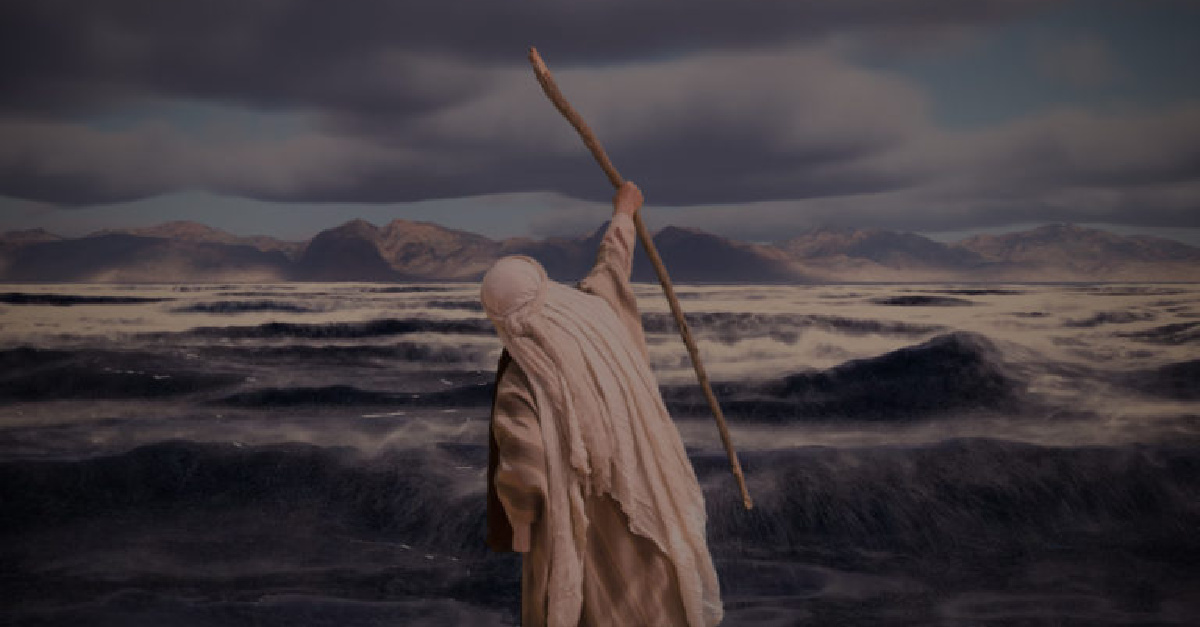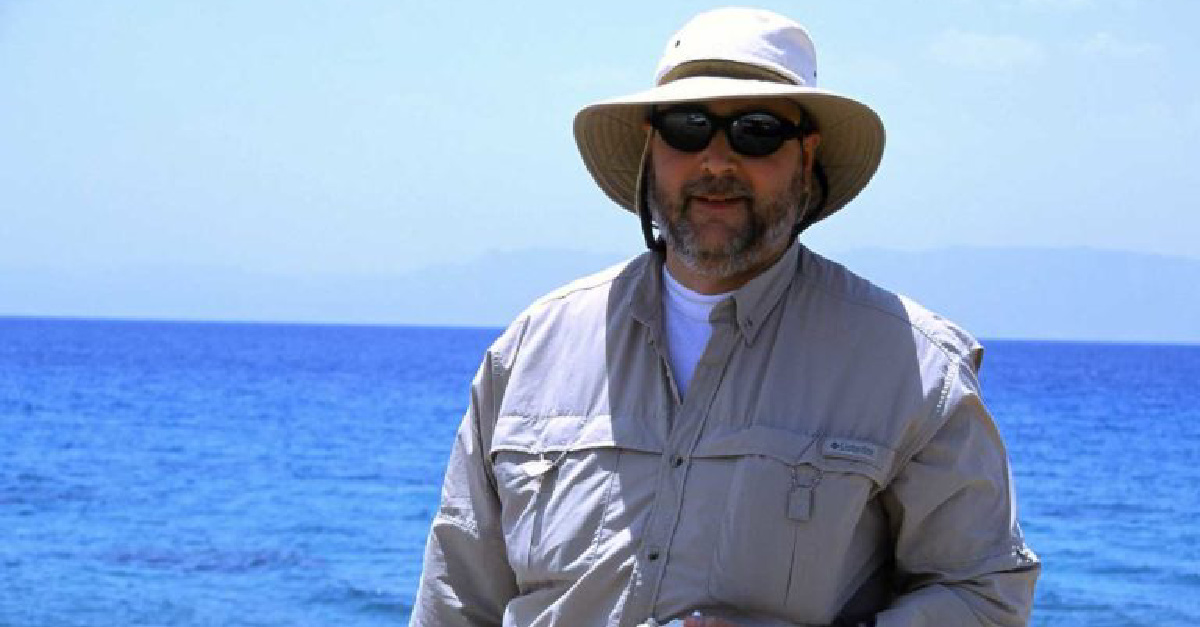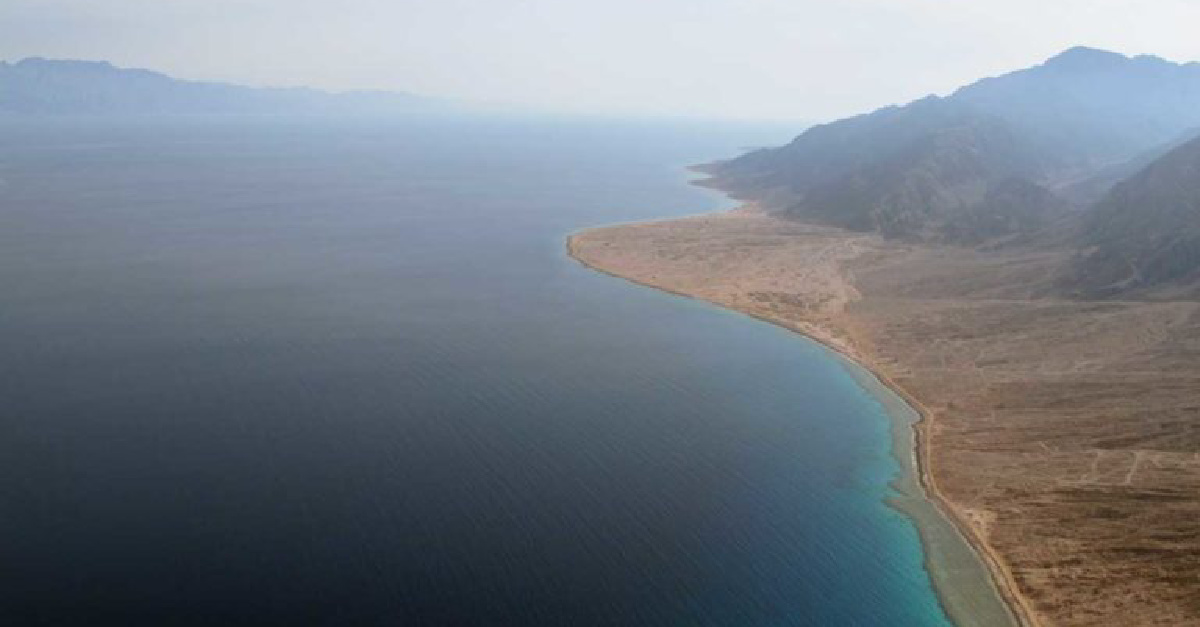The Israelites’ crossing of the Red Sea is one of the more well-known stories of Scripture.
It’s also one of the most ridiculed stories by many modern scholars, who deny not only the miraculous parting of the water but also the Biblical account that hundreds of thousands of Hebrews were enslaved (Hebrews 12:37).
A new movie by Christian filmmaker Tim Mahoney tackles the issue.
Called Red Sea Miracle II, it examines the archaeological evidence for the crossing of the Red Sea and also the various sites where it may have taken place. It’s the sequel to Red Sea Miracle I, which was released earlier this year. Red Sea Miracle II can be streamed online beginning July 17.
Here are three reasons you should watch Red Sea Miracle II:
Photo courtesy: ©Thinking Man Films

1. It Sticks to Scripture
Mahoney interviews scholars from various camps, yet he regularly circles back to the biblical text, asking the experts how their viewpoints square with Scriptures. That’s where the film series (“Patterns of Evidence”) gets its name.
“If the biblical narrative is telling us something that happened, and if the Bible is portraying itself as a historical document, then there should be a pattern of evidence that you could find,” he told Crosswalk.
Scholars in the so-called “Egyptian” camp believe the Hebrews traveled a short distance along a route from Egypt to the waters just north of the Gulf of Suez. This group of scholars posits that God parted the sea through means within the laws of nature: a great wind.
Scholars in the “Hebrew” camp assert that the Hebrews traveled a much longer distance on a route through the desert of the Sinai peninsula to the Gulf of Aqaba (which lies to the east of the Gulf of Suez). This camp is popular among evangelicals and posits that God parted the sea via supernatural means (as depicted in the 1956 film The Ten Commandments).
“I personally lean towards the Hebrew approach and its view of the Exodus on a grand scale, because I think it matches what the Bible is describing,” Mahoney says in the film.
Mahoney told Crosswalk he enjoys interviewing people from different perspectives.
“When you talk to people from multiple viewpoints, the audience becomes free to make a decision,” he said. “And what I found is that my films are more powerful when there's more options.”
Photo courtesy: ©Thinking Man Films

2. It Addresses the Ron Wyatt Controversy
Ron Wyatt, who passed away in 1999, was a Christian adventurer/explorer who made extraordinary claims that drew worldwide attention during the 1970s, 1980s and 1990s. Among his alleged archaeological discoveries: columns marking Moses’ crossing of the Red Sea, and Egyptian chariot wheels at the bottom of the sea.
“Over time, the claims by Wyatt and the other Exodus explorers became widely criticized because of their inability to verify their finds as well as their amateur approach,” Mahoney says in the film. “... Some believe he was led by God. But there were others who argued he was a fraud just out to make money.”
The controversy caused scholars to dismiss the Gulf of Aqaba as an option for the Hebrews’ crossing, Mahoney says, even though Mahoney says the gulf best fits the biblical story.
Mahoney interviews individuals who knew Wyatt – including one man who says he saw a chariot wheel. The film also shows divers diving into the gulf, searching for evidence with a metal detector. (“We've come across interesting-shaped chorals” that looked like wheels, one diver says.)
Photo courtesy: ©Thinking Man Films

3. It Will Build Your Faith
No, the movie doesn’t uncover Egyptian armor, but it nevertheless will strengthen your faith in God’s Word. That’s because it stays focused on what Scripture says while examining how the terrain and climate of the region would have easily fit the Exodus narrative – contrary to what many modern scholars say is possible.
The Exodus, after all, is a real-life picture of what happened in the New Testament.
“The purpose of the Exodus is to give hope to a people in desperate need,” Midwestern Baptist Theological Seminary's Jason DeRouchie says in the film. “... If God overcame the greatest enemy, will He not also do everything else we need? This is why the prophets are able to use the exodus as a pattern for a greater exodus. … And they associate that second exodus with the Messiah.”
Learn more at PatternsofEvidence.com
Related:
3 Reasons to Watch ‘The Red Sea Miracle,’ Tim Mahoney’s Latest Documentary
Photo courtesy: ©Thinking Man Films
Michael Foust has covered the intersection of faith and news for 20 years. His stories have appeared in Baptist Press, Christianity Today, The Christian Post, the Leaf-Chronicle, the Toronto Star and the Knoxville News-Sentinel.
Listen to Michael's Podcast! He is the host of Crosswalk Talk, a podcast where he talks with Christian movie stars, musicians, directors, and more. Hear how famous Christian figures keep their faith a priority in Hollywood and discover the best Christian movies, books, television, and other entertainment. You can find Crosswalk Talk on LifeAudio.com, or subscribe on Apple or Spotify so you never miss an interview that will be sure to encourage your faith.